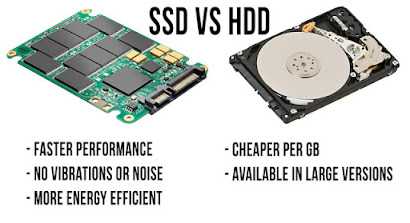Prepare Google Drive for Koha backup
Installation of GNOME desktop
sudo apt update
sudo apt install gnome-session-flashback
Prepare the system to sync Google Drive
Scheduling of the backup process


Here are the steps on how to install PCloud software in Ubuntu:
1. Go to the pCloud website, and create an account.
2. Download the pCloud AppImage file for Linux.
3. Save the file to your computer.
4. Open a terminal window and navigate to the directory where you saved the file.
5. Run the following command to give the file executable permissions:
sudo chmod +x pcloud
Either double-click on the PCloud icon or run the following command to start the pCloud AppImage:
./pcloud
6. The pCloud login window will appear. Enter your pCloud email address and password, and click Log in.
A folder named pCloudDrive will be created in your home directory. This is your pCloud virtual drive. You can now start storing and accessing your files in pCloud.
To schedule Koha backup to pCloud please visit the following link,
http://kohageek.blogspot.com/2021/08/backup-with-auto-delete-old-files.html
The blog post gives the details of schedule backup in Dropbox cloud storage. The same steps can follow to schedule Koha backup to pCloud.


 |
| Image courtesy: techyukti.com |
